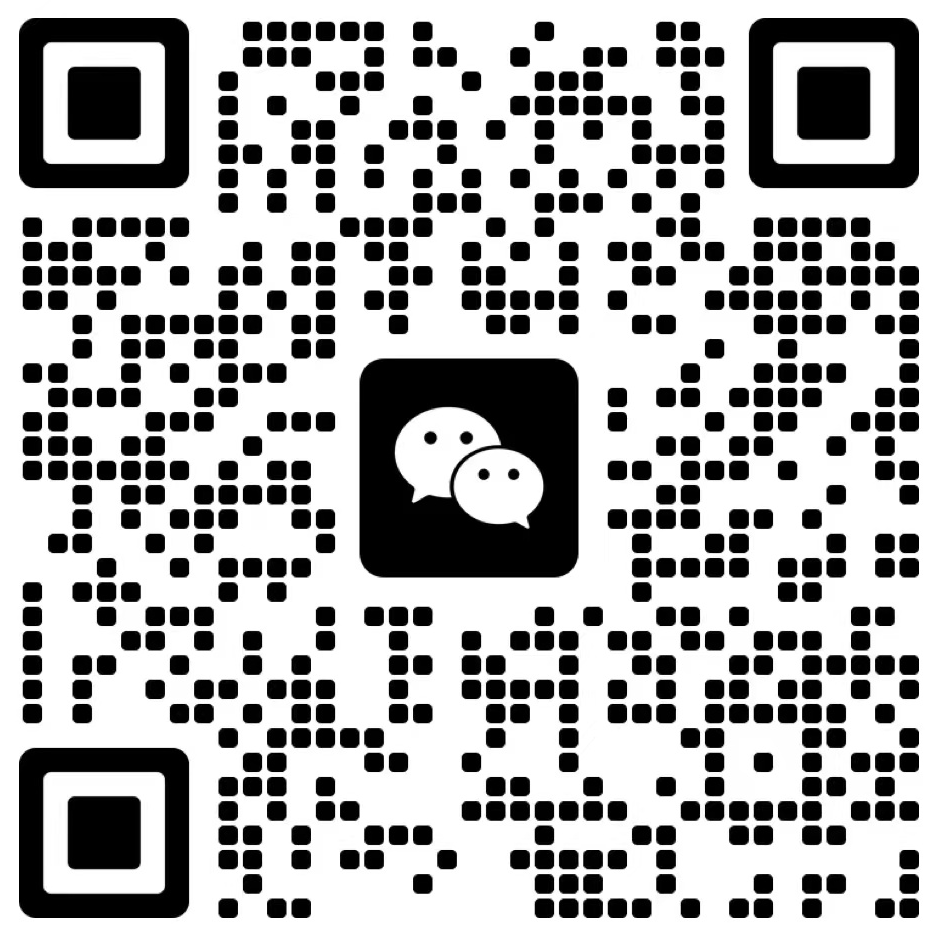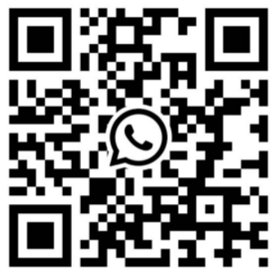Export declaration
■ Customs declaration and inspection business scope
1. Export declaration: The procedure is simple and convenient. A wide range of products: including cloth, clothing, shoes, bags, leather products, plastic products, hardware products, electronic appliances, toys, ceramics, furniture, bamboo, wood, rattan, handicrafts… …etc. Your company (factory) only needs to send the product name, quantity, weight, value, packaging form and other information to our company. (If inspection and quarantine are required, it must be sent to us in advance.) Our company can handle all the required documents on our behalf, safely and timely. Complete relevant procedures.
2. Import customs declaration: various forms and wide range of channels, including normal customs declaration for general trade, customs declaration for our tax-guaranteed agency, and customs declaration for bulk cargo express delivery.
3. All-weather one-stop service: Our company not only acts as an agent for customs declaration but also for inspection, certificate of origin (FA, CO), fumigation, disinfection, transportation, warehousing and other services.
■ Customs declaration and inspection business operation process
1. For smooth customs clearance, please fill in the specific name, accessories, and materials of the goods. Do not just fill in the words “accessories” or “samples”.
2. The sender should fill in the full name. The sender must sign the waybill and fill in the actual shipping date.
3. The terms of the express waybill contract (scope of liability, maximum liability insurance coverage, difficult items) are stated on the back of the waybill of each major express company. Please read these terms carefully before sending.
customs clearance:
1. Customs declaration generally goes through the following four links, namely declaration, inspection, tax collection and release.
2. Now all ports have implemented paperless customs declaration process. The client prepares electronic documents in PDF format. The content of the documents is required to be clear and complete, with the official seal of the business unit. Since the customs implements paperless commodity inspection and requires normal declaration, it is necessary to provide Inspection power of attorney, ocean bill of lading, and if it is a legally inspected commodity, you also need to provide the original certificate of origin, phytosanitary certificate, animal inspection certificate and other original foreign documents. Paperless customs clearance process.
3. The customs broker uses the upgraded entry system to conduct electronic entry.
4. Send electronic information to the customs and send electronic documents at the same time
5. Confirm the tariff amount after electronic receipt, and pay the tax through online payment.
6. Electronic release after customs review is completed
7. Stamp the customs release stamp on the D/O form on site
Imported goods: declare for inspection first and then declare for customs
1. The required documents for non-statutory commodity inspection generally include: customs declaration form, invoice, packing list, packaging certificate (for example, non-wood packaging certificate must be provided). For statutory commodity inspection, the required documents must be pre-entered first. (Jiucheng Document System), you also need to provide a power of attorney for inspection (the original is stamped with the official seal, the legal person seal), and special documents that require stipulations (such as 3C compulsory certification, etc.) After completing the commodity inspection, the original waybill is stamped with commodity inspection If you need to obtain a customs clearance form, you must obtain a customs clearance form for imported goods.
2. General documents required for post-customs declaration: customs declaration form, original waybill, invoice, packing list, customs declaration power of attorney. The accompanying documents require the import goods customs clearance certificate A. Other documents that need to be provided for tax-free imported goods are also required. A tax exemption certificate (such as a tax exemption brochure for processing trade, etc.) is required.
3. After customs clearance, the customs will directly stamp a release stamp on the goods that are subject to general taxation. The customs will collect the tax bill (import tariff, import value-added tax). After paying the tax, go to the customs to go through the tax verification procedures, and the customs will stamp and release it. chapter. At this point, the import customs clearance procedures for imported goods have been completed.
Export goods: inspection
1. If the HS tax number requires the export goods customs clearance form (B), the customs declaration unit needs the exporter to provide the export goods certificate replacement voucher (or receipt), customs declaration power of attorney (the original stamped with the official seal, the legal person seal), and go to the commodity inspection The bureau handles the certificate replacement procedures and exports customs clearance form (B).
2. Customs declaration: Provide basic customs declaration documents: original waybill, customs declaration form, invoice, packing list (all original and stamped with company seal), customs declaration power of attorney (original, stamped with company seal and legal person seal). If verification of export receipts is required, a verification form of export receipts is also required. If the accompanying documents require B, you need to provide the imported goods customs clearance document B.
3. After customs clearance and release, the release stamp will be directly stamped on the waybill and the export customs clearance procedures for the export goods will be completed.
■ Precautions for operating customs declaration and inspection services
1. The Customs Law stipulates that the consignee of imported goods, the consignor of exported goods, and the owner of imported and exported goods are the taxpayers of customs duties. At the same time, it also stipulates that enterprises with the right to engage in import and export business and customs declaration enterprises approved by the customs to register are also legal taxpayers.
2. Do not fill in the wrong or omission of relevant information to ensure that the data is accurate and the information is complete.
3. The client should pay attention to whether goods from countries or regions that have signed bilateral agreements with my country are required to enjoy preferential tariffs.
Customs Clearance means that import and export goods and transshipment goods entering or exporting a country’s customs territory or national border must declare to the customs and commodity inspection and go through various procedures prescribed by the customs and commodity inspection. Import customs clearance includes import inspection and import customs declaration.
There are certain deviations in the import declaration process at each port. These objective factors determine the diversity of import declarations for “different nature of enterprises, different products, different ports, and different declaration methods.”
Jinmaotong can provide customers with professional import inspection and customs declaration services for various products (food, equipment, chemical dangerous goods, etc.) in East China, South China, North China, and Southwest China.








